Meet the course manager: Royal Dornoch’s Eoin Riddell
Related Articles
He has one of the greatest jobs in greenkeeping and talks about recent projects at the club, how the venue recovered after the 2018 drought and the benefits of being a green greenkeeper.
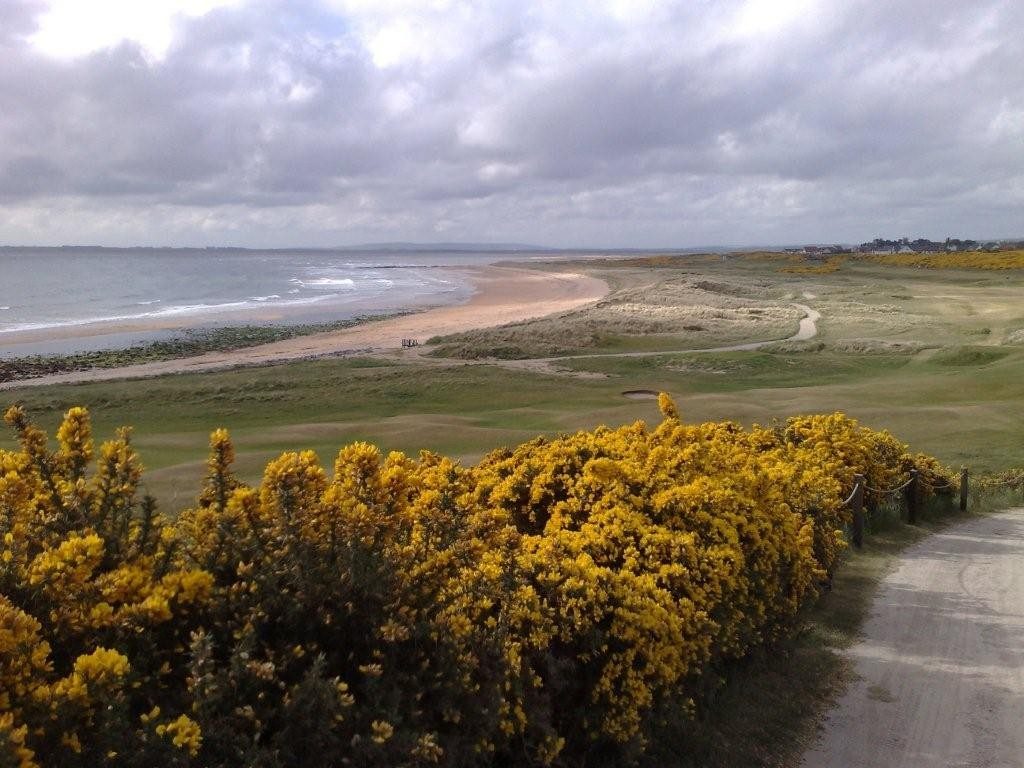
Currently ranked at number five in Britain and Ireland Top 100 Golf Courses, Royal Dornoch’s Championship Course on the curving bay of the Dornoch Firth is without doubt one of the greatest golfing facilities in the world. It sees white broad beaches backed by a narrow strip of softly contoured dune land rising in two distinctive levels, providing just enough room for parallel fairways. The ridges, hillocks, dunes and undulating links land have all the characters of the best of links courses, and most of the difficulties. The first eight holes follow the ridge and the remaining ten holes played in the opposite direction are bounded, except the 17th and 18th on the left by the sandy beaches of the firth.
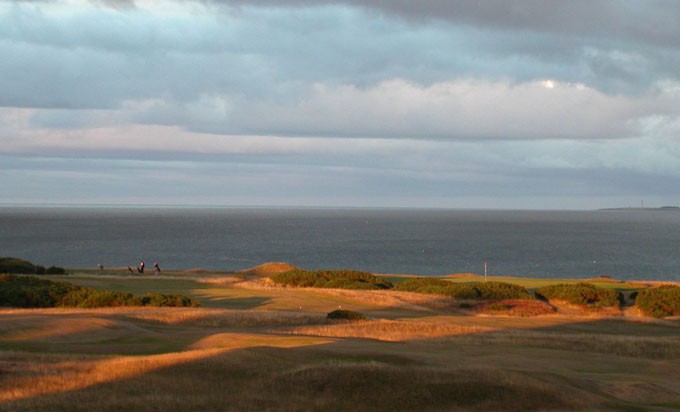
Old Tom Morris was the architect responsible for extending the original nine-hole layout to 18 holes in 1886. He introduced the plateau greens which are the soul of the course, their uniqueness lies in their size and their inverted saucer shapes.
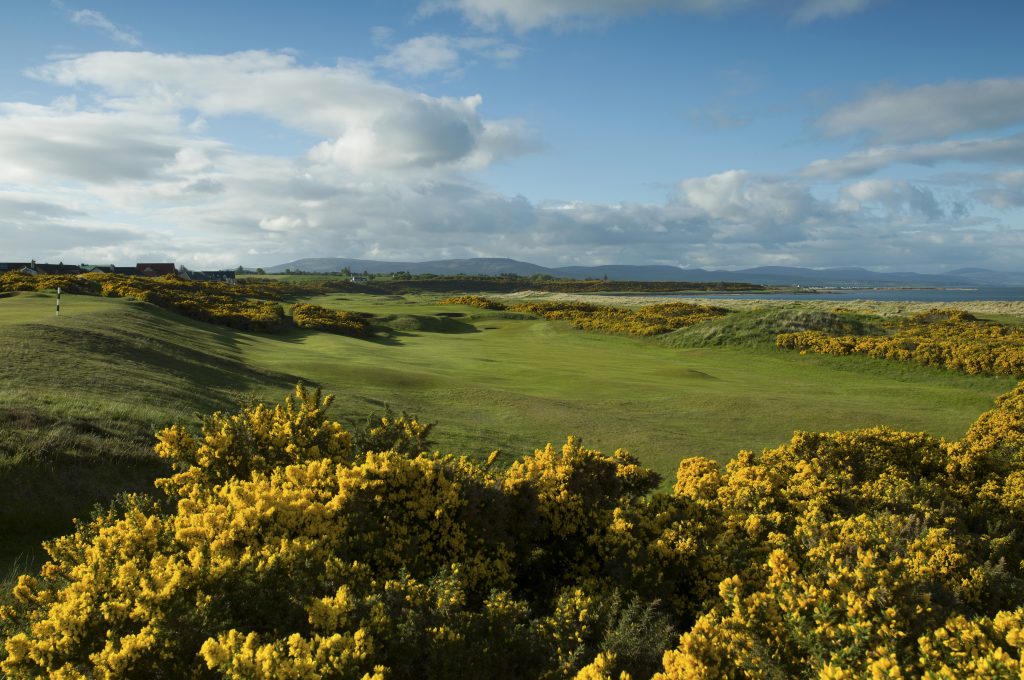
Royal Dornoch has a second course, Struie Course, which originally opened as a 12-hole facility for women in 1899, and was extended to 18 holes in 1999. The layout incorporates many of the unique Dornoch features and is widely regarded as an outstanding venue in its own right.

We caught up with the club’s course manager, Eoin Riddell, who has been a greenkeeper at this extraordinary venue since 1986, to find out about the work that goes into maintaining these two courses.
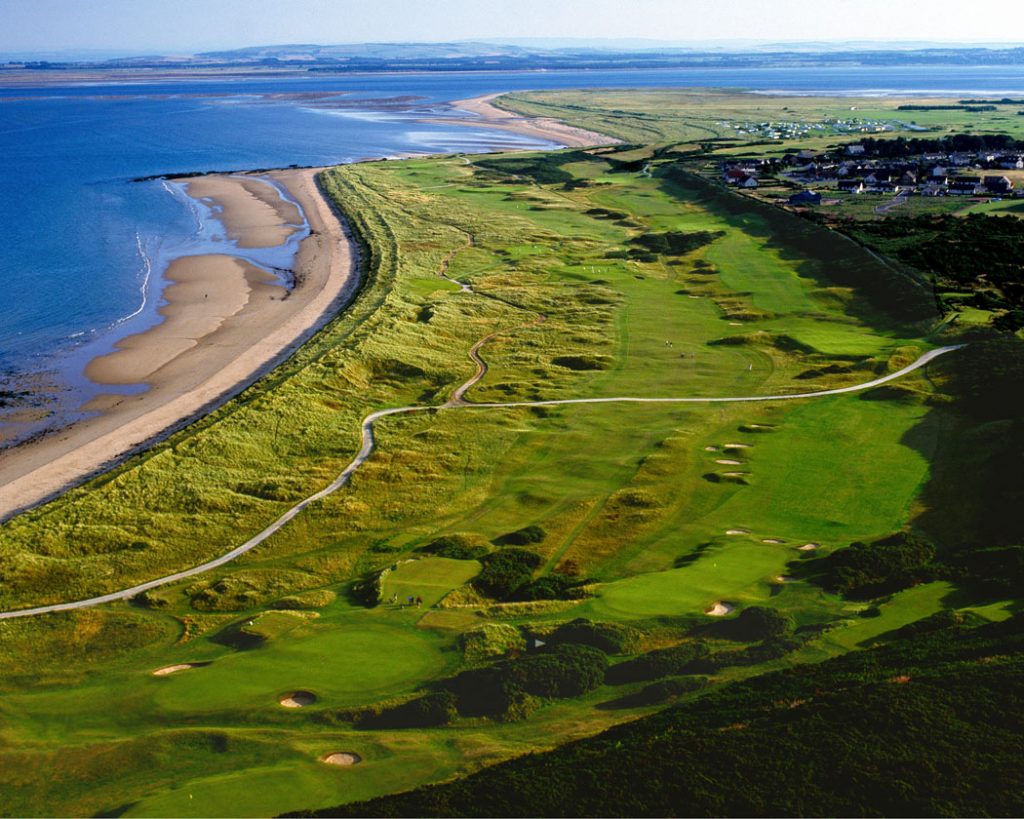
Can you outline your career path and tell us how you became course manager of this venue?
In 1986 I was approached by a committee member of Royal Dornoch – I was a junior golfing member at the time – and was offered an apprentice position. I did my levels two and three at Elmwood [today the Elmwood Campus of Scotland’s Rural College]. I have been at the club all my working life, gaining promotion through my time and in 2005 I was offered the position of course manager.
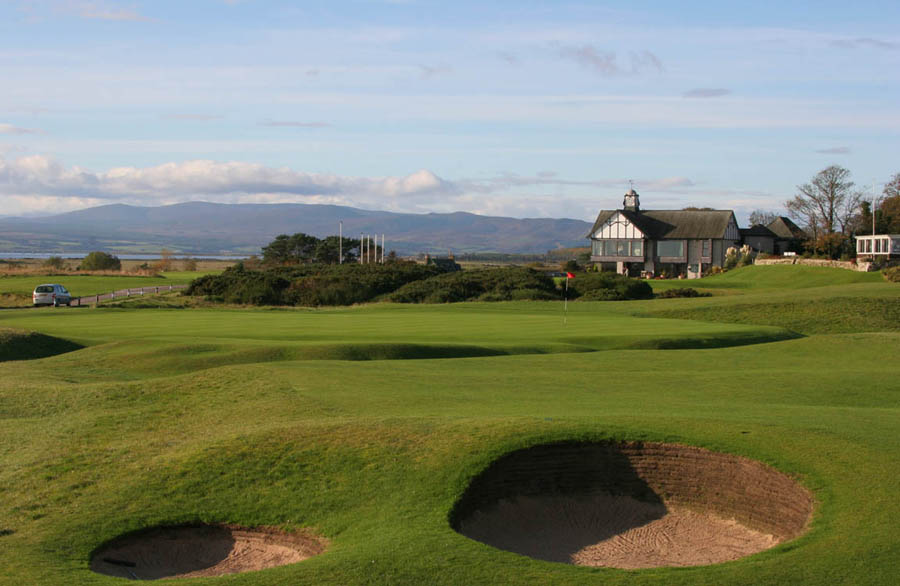
What’s the size of your team?
We have 19 full-time staff and one seasonal. We are: Eoin Riddell, course manager (I’ve been at the club 34 years); Scott Aitchison, deputy course manager (22 years); Euan Macdonald, greenkeeper (18 years); Andrew Mackay, greenkeeper (17 years); Jamie Shepherd, greenkeeper (13 years); David Mackay, greenkeeper (13 years); Willie Nicholson, head mechanic (13 years); Alexander Richardson, greenkeeper (12 years); Andrew Rose, mechanic (six years); Steven Macleod, greenkeeper (six years); Stuart Gillies, greenkeeper (five years); Craig Mackay, greenkeeper (five years); Nick Turner, apprentice greenkeeper (three years); Craig Sutherland, greenkeeper (two years); Connor Mackay, greenkeeper (two years); John Leslie, apprentice greenkeeper (two years); Liam Kemmett, general worker (two years); Murray Lewis, general worker (one year); and Paul Rooney, greenkeeper (recently started).
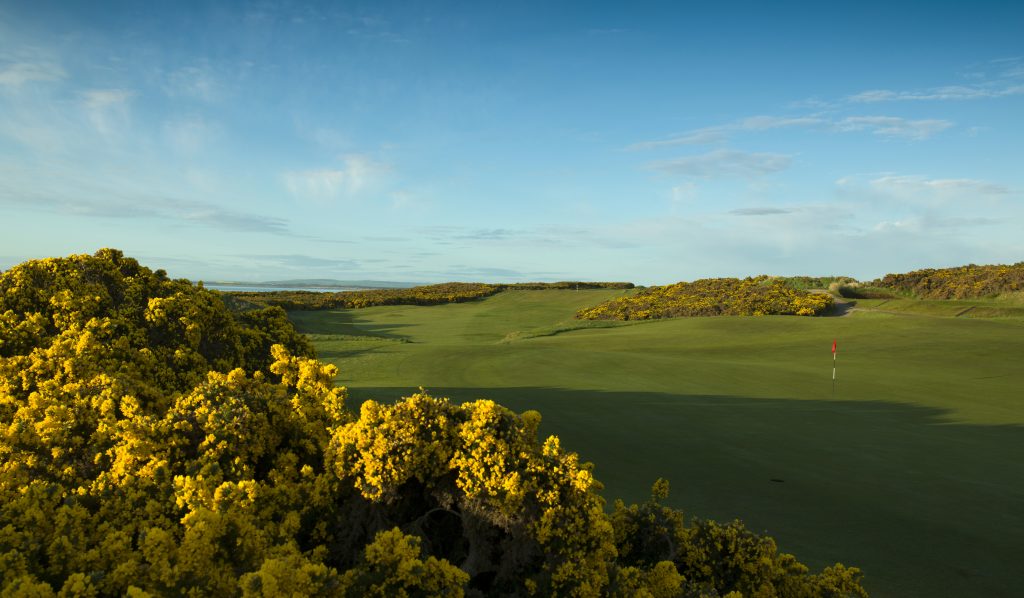
We train all staff to do all tasks so no-one is specifically responsible for any one area and this gives some vary to their role. All staff are used on both courses, subject to the needs of the business.
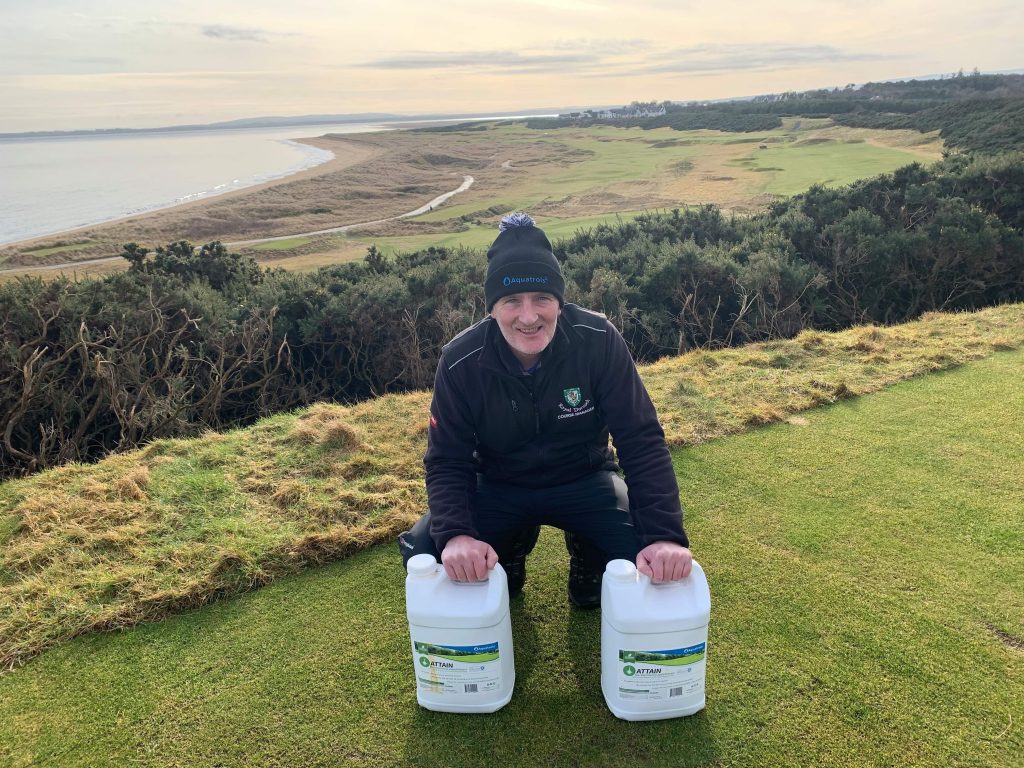
You have a very solid team with a long service and high staff retention! What do you attribute this to and what support and training have you set in place for development and how would you describe your management style?
Royal Dornoch is keen on staff development, they are a good employer with a healthy training budget. Staff are encouraged to better themselves, whether that be at the club or by moving on elsewhere. I see myself as a reasonably laid-back person but with high standards; I believe I am approachable but still respected by the team. I have learnt over the years that I need to be able to trust my team and delegate as necessary.
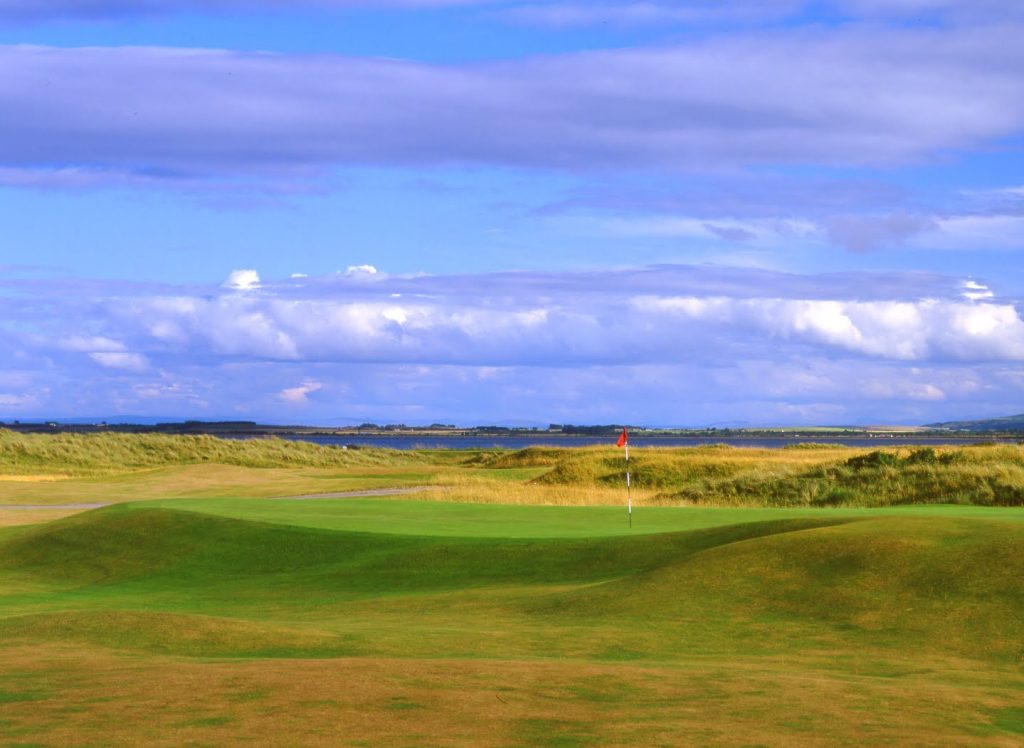
What would you say are the biggest challenges you face managing the two courses and what provisions have you put in place to overcome these?
Expectations are very high to produce both courses to a high standard. They are quite different to each other and sometimes require different treatments but keeping the membership and the committees informed of this is helpful and makes life easier. I am fortunate that I have the full support from the committee and should a particular situation arise they normally would go with my recommendations.
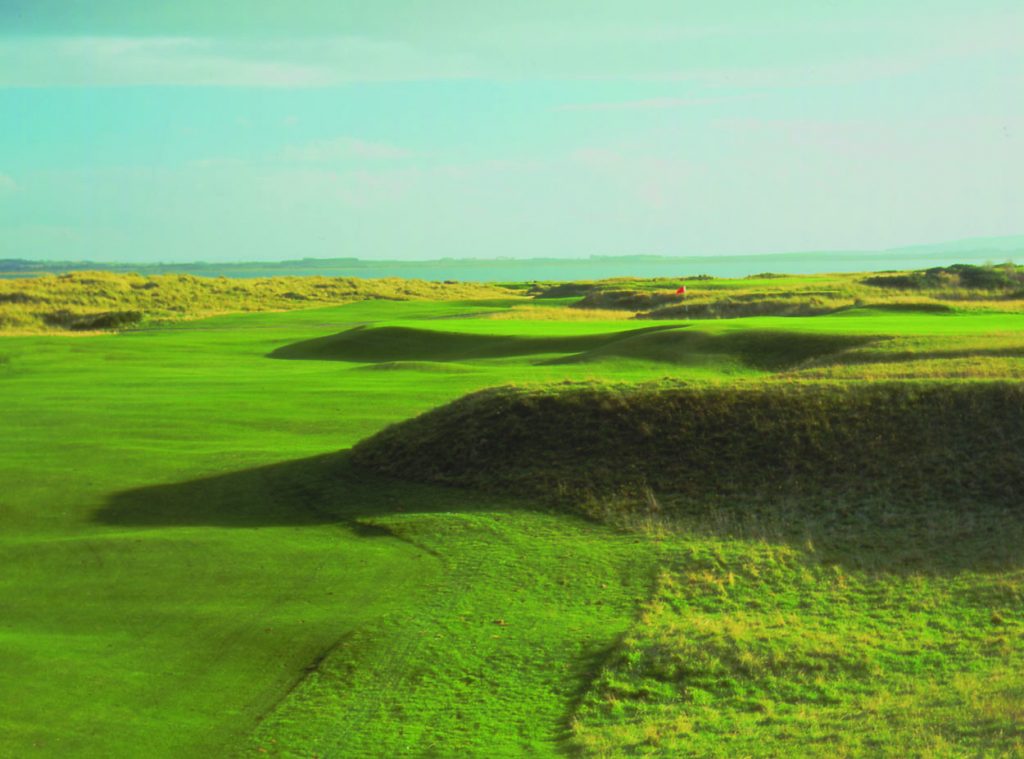
Other than the two courses, what are you and your team responsible for managing and how do you ensure all is maintained to the highest standards?
In total we look after just under 700 acres; the Championship Course is 80 acres, Struie Course is 70 acres, and grazing land is 250 acres, grass airstrip 10 acres, turf nurseries 25 acres, practice areas / driving range is 30 acres, three holes of teaching is 25 acres, SSSI dune land is 150 acres and the rest is made up in car parks and the land that has buildings such as the clubhouse, maintenance buildings and soil storage buildings.
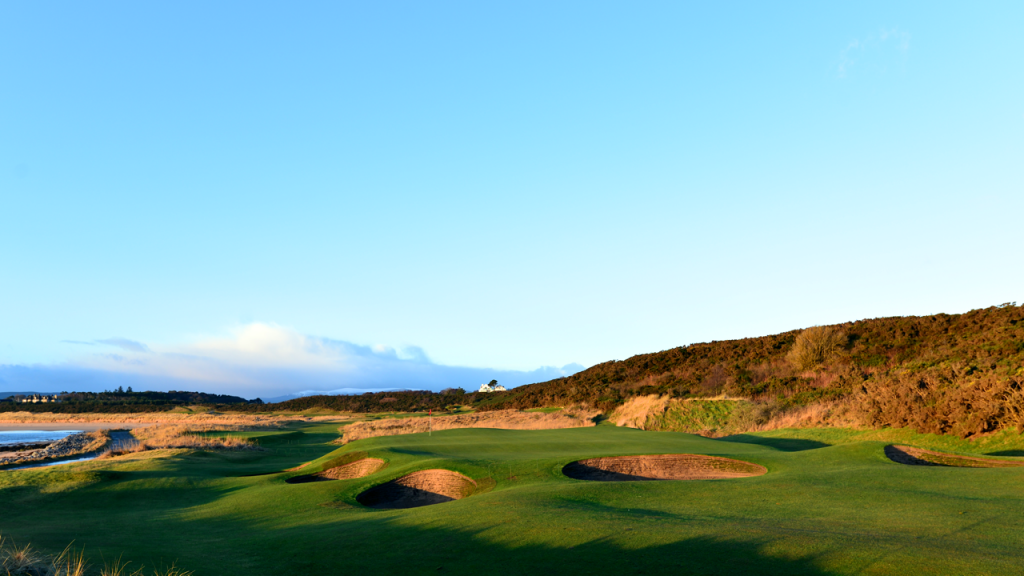
With such a large area, time management and staff training are important.
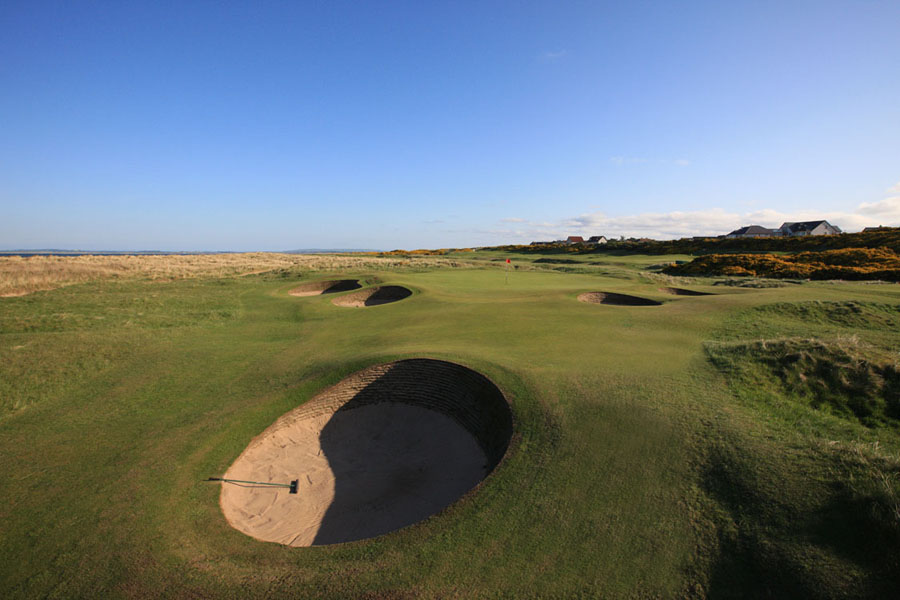
You’ve recently undertaken work to the seventh tee on the Championship Course. What exactly has been done, what were the reasons, what results have you achieved and are the members happy?
We started changing the seventh hole during the winter of 2017. This involved a construction of a new hole whilst the original was still in play. The final phase was to realign and reshape the seventh tee, which we completed this winter.

The idea behind changing the seventh hole is that we wished to maximise the views from that part of the course. We worked alongside Mackenzie & Ebert to achieve this. Our membership were consulted before the changes and we have kept them informed throughout. Early indications is that everyone is happy with the work that has been carried out – and the results.
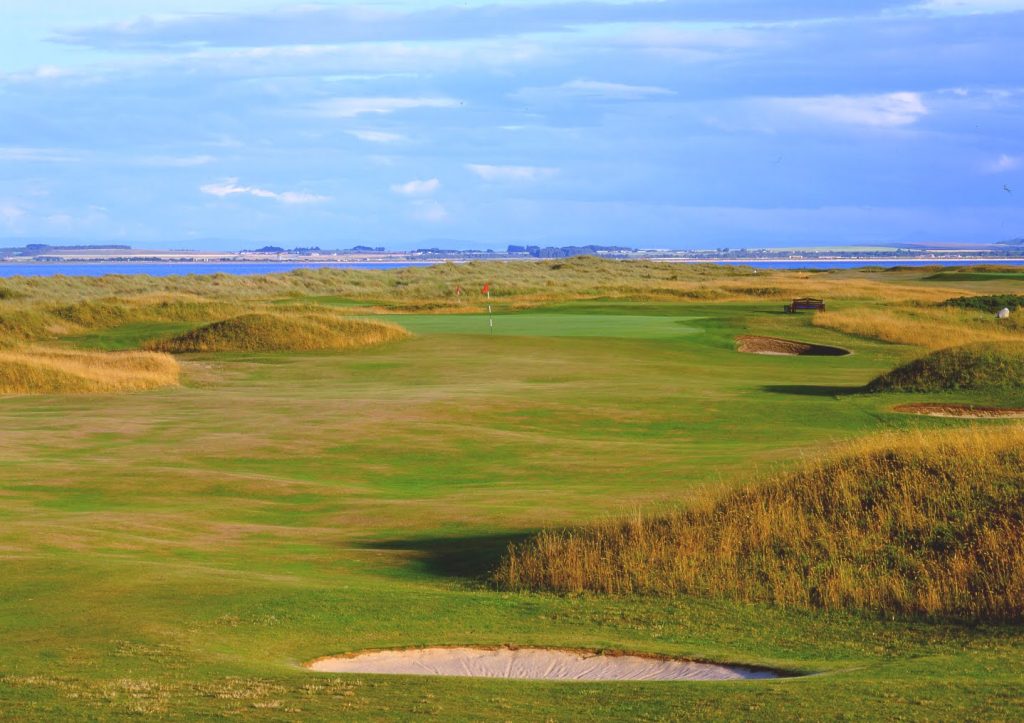
There are plans for the eighth hole. What will you be doing, when will the work commence, what do you hope to achieve and will the work be undertaken in-house?
We will be building new tees, and changing part of the fairway maximising the view, similar to the seventh hole. All work will again be done in-house.
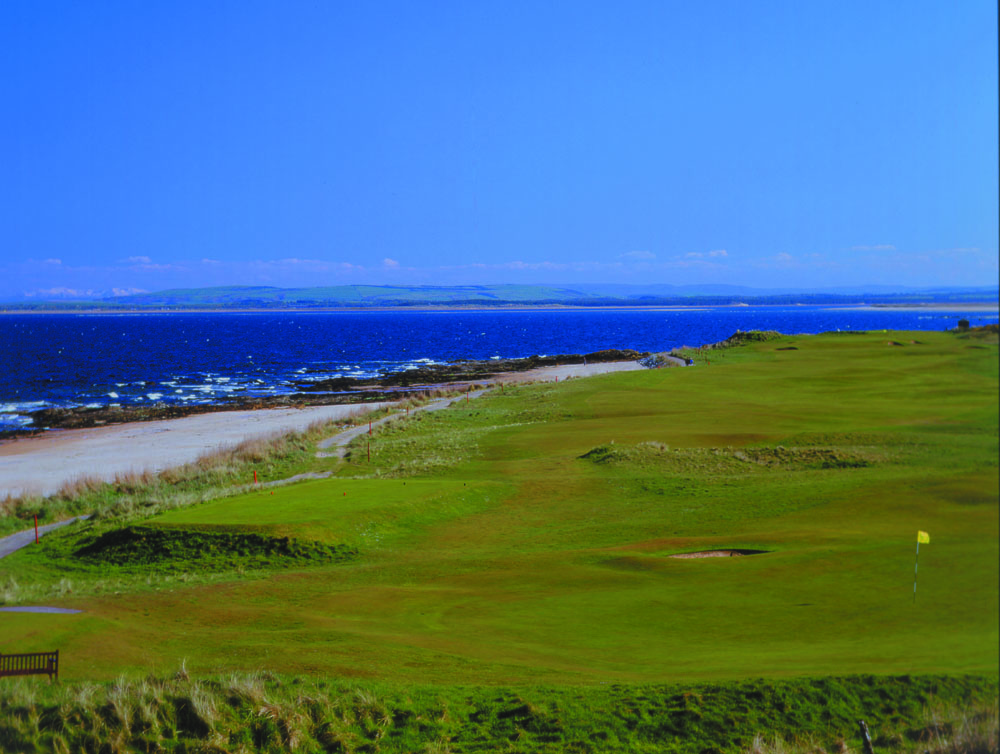
How many bunkers do you have across the courses and what maintenance programme do you run for these?
We have 82 bunkers. These are all re-vetted. The maintenance programme is that greenside bunkers are re-done every three years and fairways every five. All done with our own natural turf.
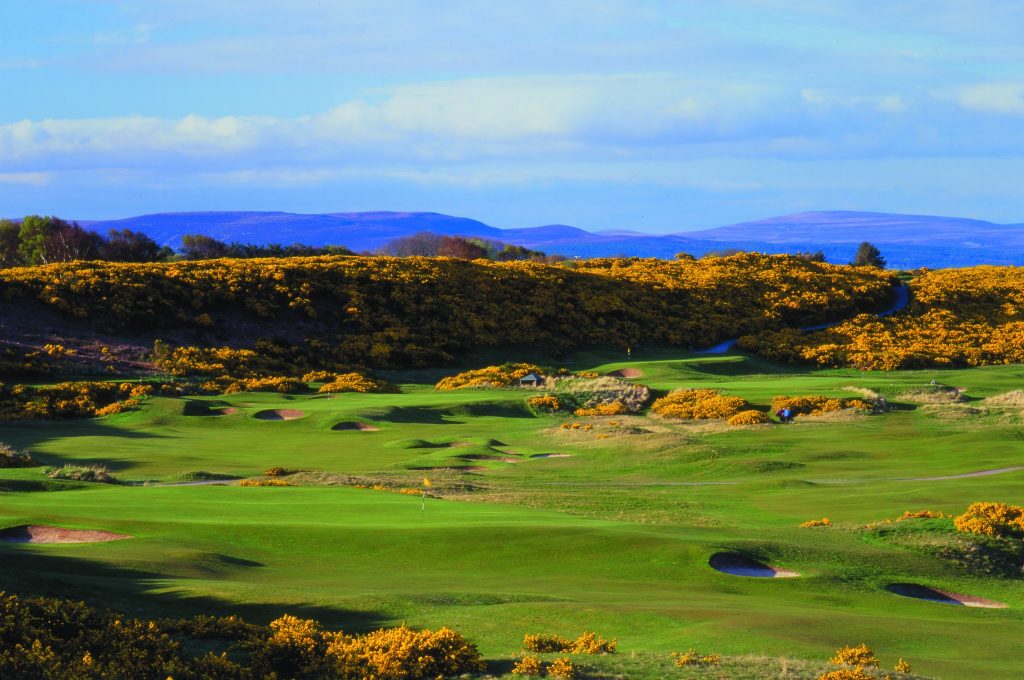
You have a relationship with Aquatrols and use some of its products. What is it about its distribution channel that you value?
We have a great relationship with Aquatrols and are very happy with the products we use from them. The knowledge and information they have provided has been superb.
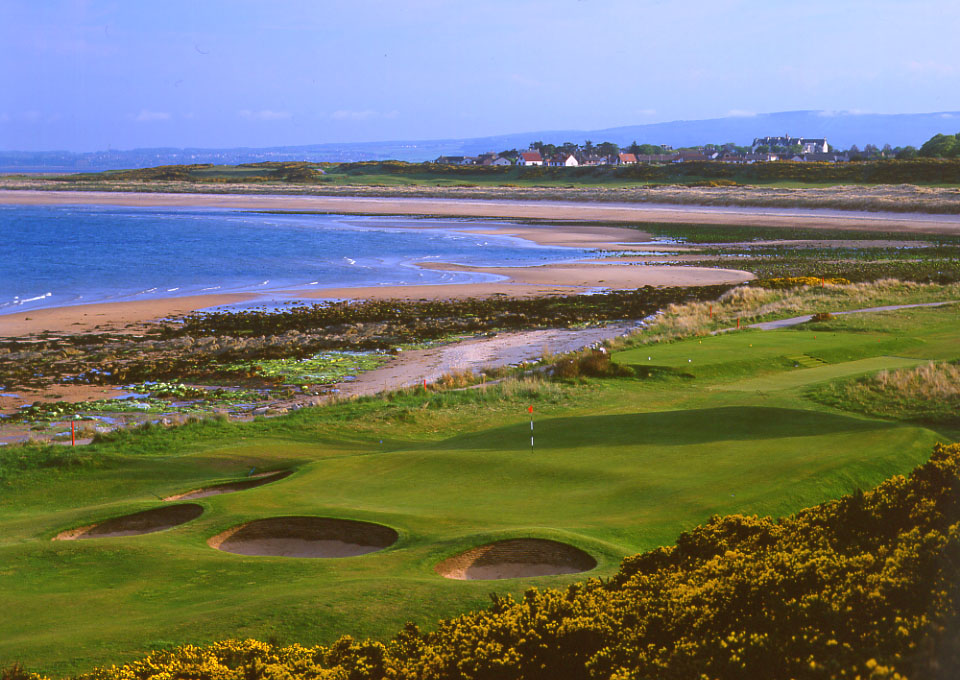
You’ve been using Attain, a bio-nutritional Aquatrols product. What are the benefits you’re seeing from including this product in your management programme?
We have been using Attain on our Championship Course fairways since the drought in 2018 and have been delighted with the results; good grass coverage with healthier rooting, we are happy with the product.

What was the situation before adding this product to your management programme? Did you have a challenge that Attain has helped you to overcome? If so, what was the problem? What prompted you to use Attain over other products available and what does it offer you that others do not?
After the drought in 2018 our Championship Course’s fairways, like many in the UK, were struggling for grass coverage. We started an intensive over-seeding programme to aid recovery. We did trials with Attain – and other products – to see what would help us recover quicker and get back to the standards we were looking for. We were delighted with the results from Attain compared to the competitors, with better grass coverage and healthier rooting. We are that happy with the product we are looking at using Attain on our second course’s fairways after seeing the results.
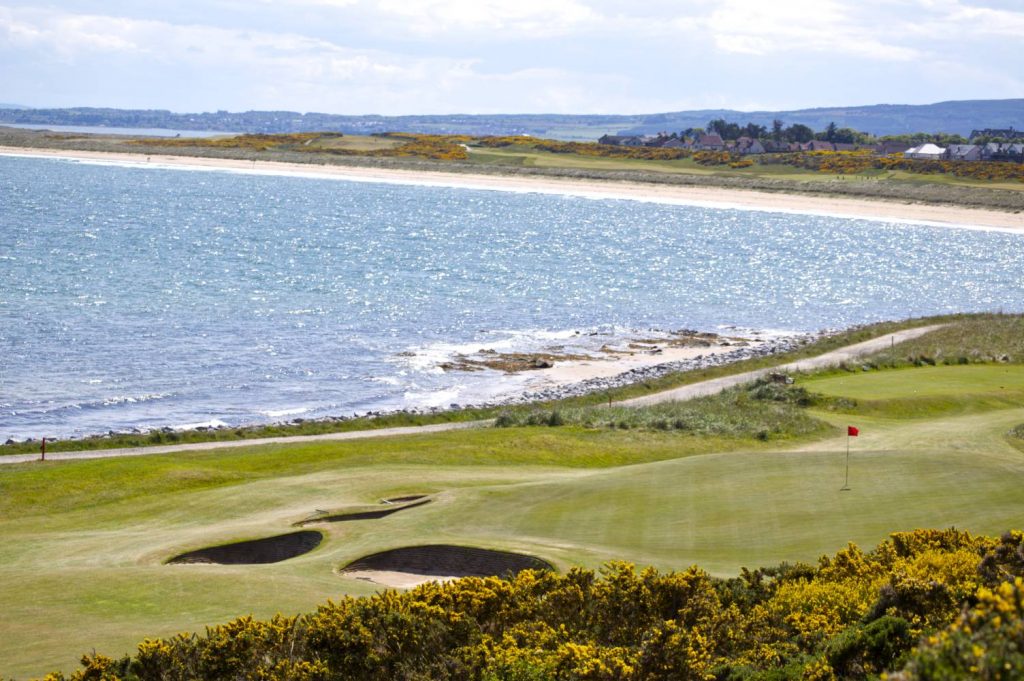
What height of cut do you use across the course and what machinery do you use?
Summer height for greens is 4mm, winter 6mm; we use Toro 1000 hand mowers for tournaments, the greens are brushed weekly, greens surrounds are cut at 6mm, tees also at 6mm, using a 3WD Toro TriFlex. For fairways, we cut to 10mm using a Toro 5410H, and the semi-rough is cut to 50mm with a Toro 4500.
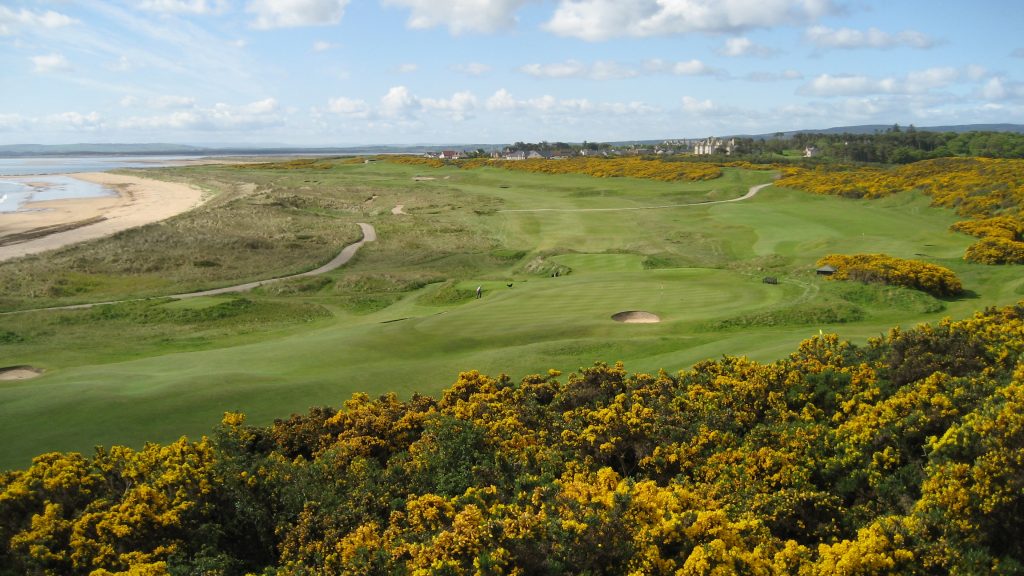
What do you think are the strengths that have carried you through your career and current position at Royal Dornoch and how do you look forward to keeping your passion high and the courses evolving?
Local knowledge of the courses, which has been built up over the years. An understanding of both the intricacies of the course and club. I am always keen to visit other courses and gain knowledge from other industry professionals.
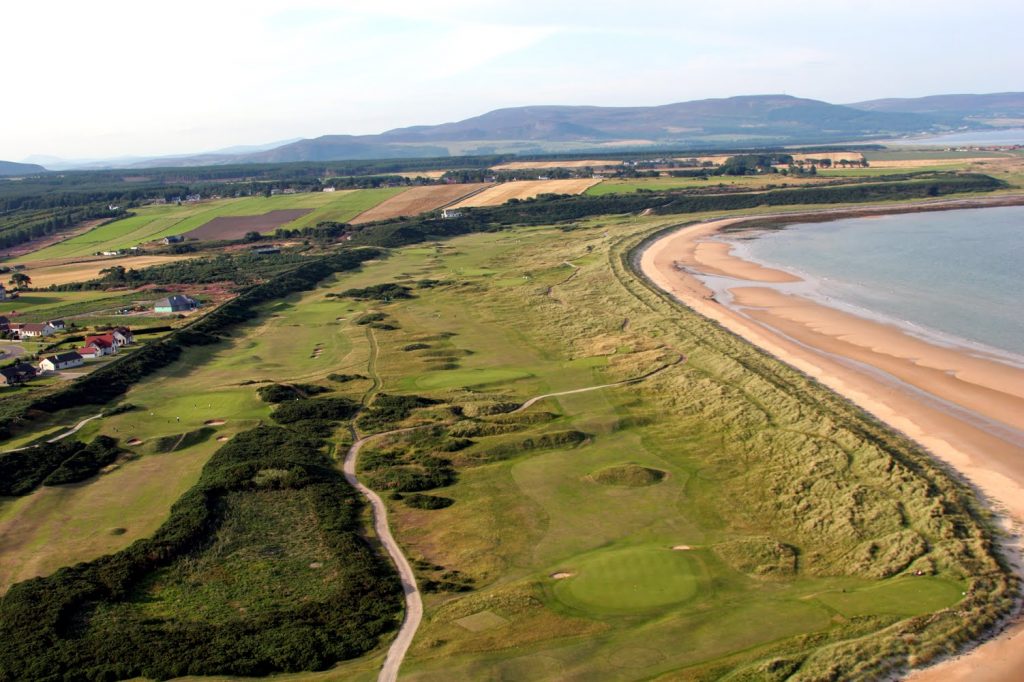
You’re running two turf nurseries, what size are these and what capacity do they deliver annually? What grass cultivars have you selected to use across the various areas of the course and what is it that you like about them?
Total acreage is 25, split between 15 acres of coarse grasses for bunker revetment and the other is fine grasses fescue / bent mix for all other areas on the courses.
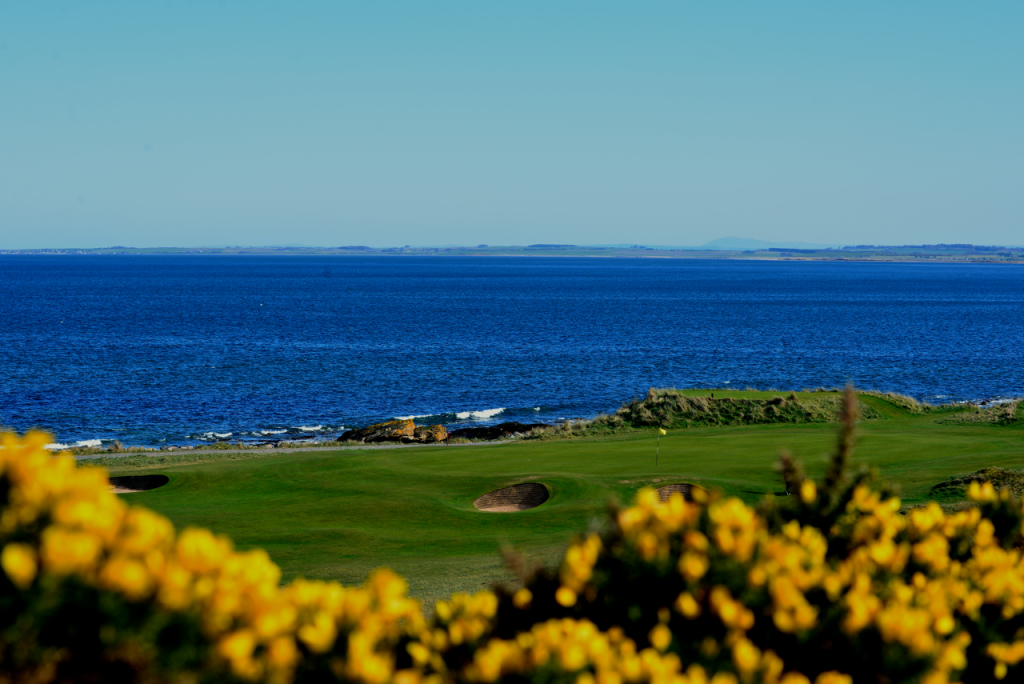
We had been overseeding all areas with pure fescue from the Aitkens Blade range. We are happy with the colour, density and strike rate.
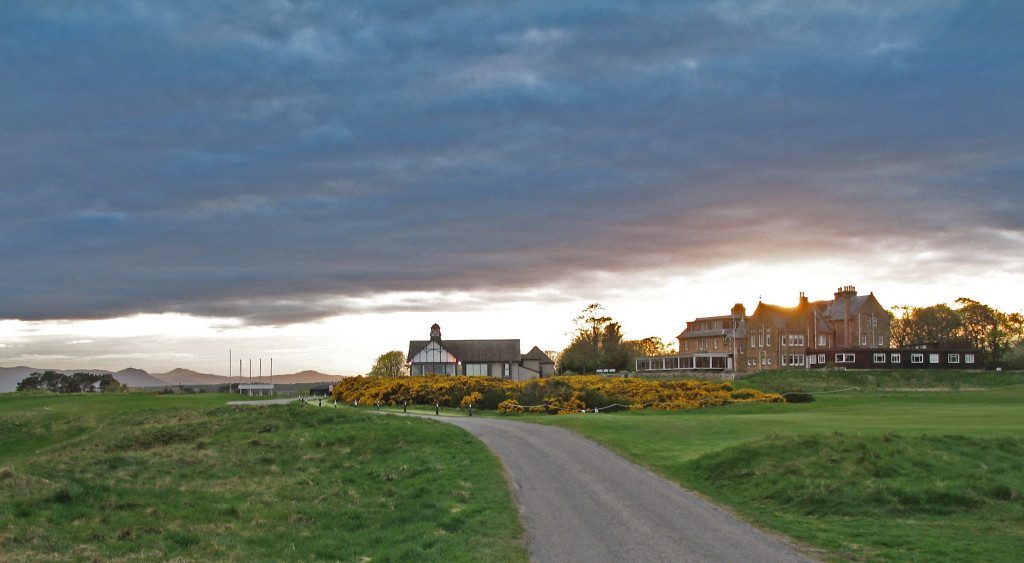
You’ve recently worked with the STRI and undertaken a full environmental report. What exactly was being looked at, what were the findings, what benefits has this delivered to you and how will this help moving forward?
All areas on both courses were looked at; this included all plants and wildlife. They have given us recommendations on how to move forward and ways of implementing them and making sure we are benefiting the environment.

The courses are now GEO certified. What do you think you have learnt from the exercise, what have been the benefits, how will this continue to evolve and who in your team is responsible for driving this?
Scott Aitchison, my deputy, has taken the lead in this initiative. It has made us more aware of our surroundings and the responsibility that we have to maintain it as naturally as possible.
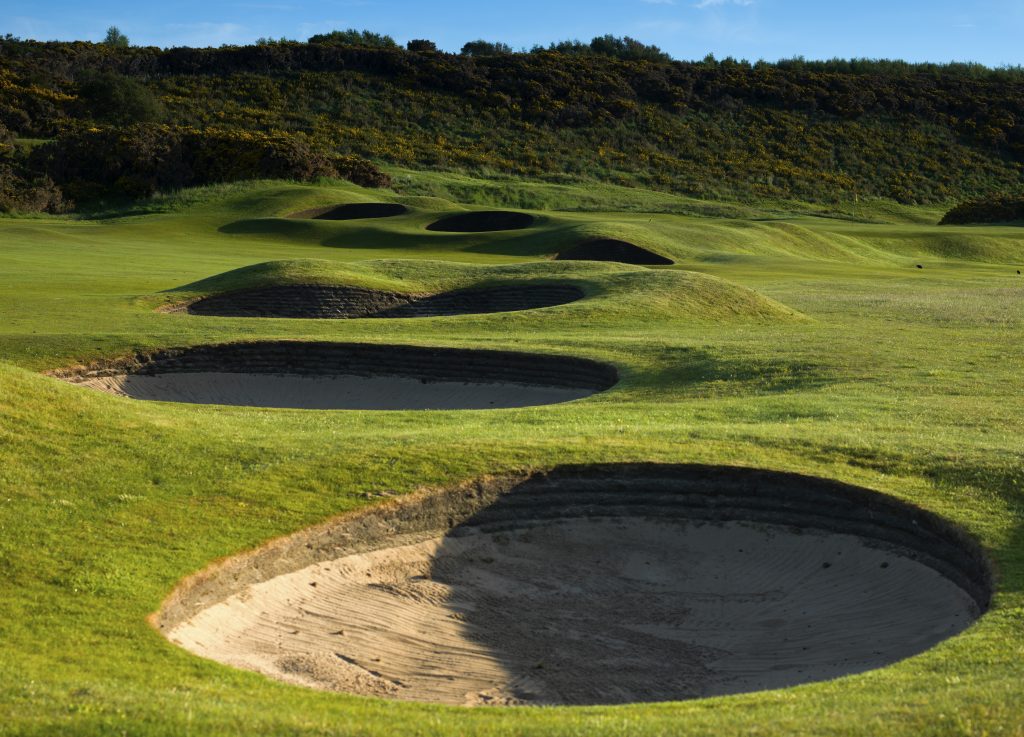
We continue to review practices to minimise our footprint. This is very much a learning curve for the club but one we have become very passionate about.
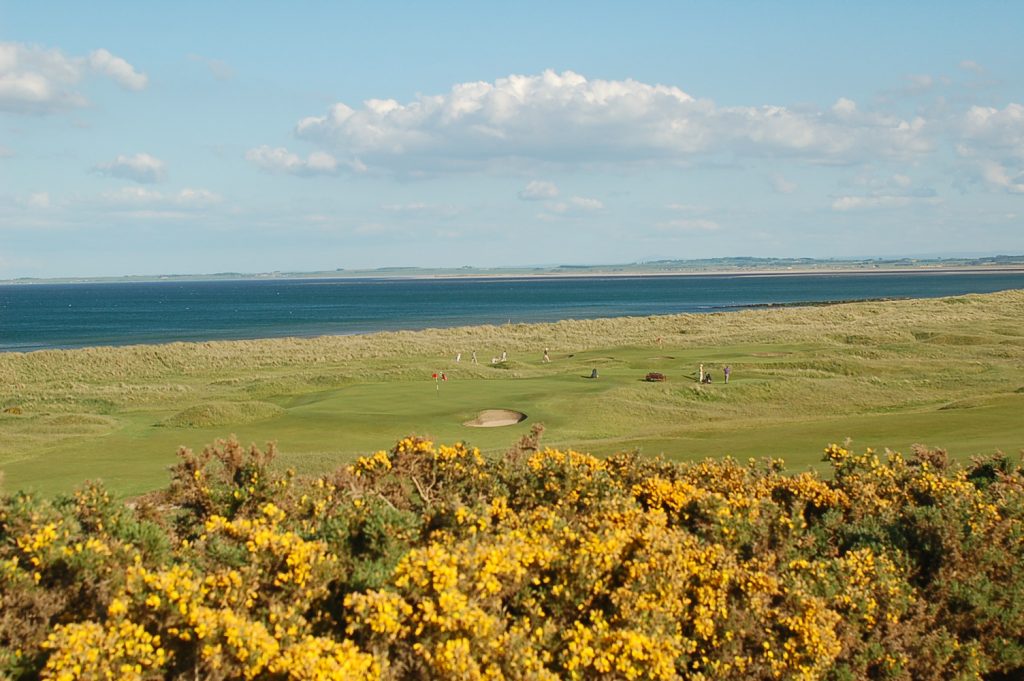
The irrigation system is about to be upgraded. What’s currently in place and what form will the upgrade take; how is this going to improve the system?
At the moment we have a Toro Site Pro system which is about to be upgraded to the Toro Lynx system. This should help us maximise our water efficiency over the courses.
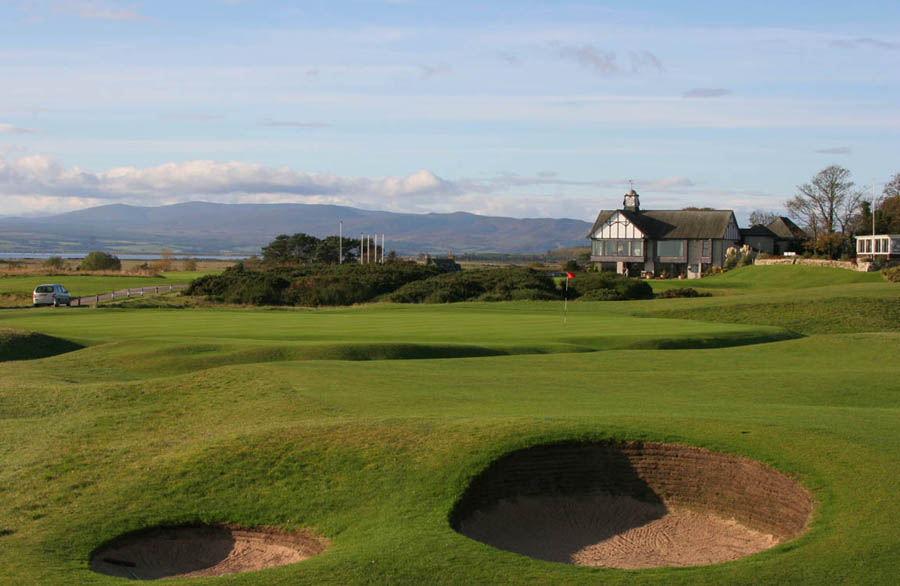
The pressures on the course manager to deliver a better product are growing year on year and the level of professionalism is rising with this. What do you think are the qualities now needed to meet the requirements and demands of golfers by someone in your position and how does this help contribute to the business of golf?
Whilst you have to be willing to listen to the members and staff, you also need to be able to help explain and, if necessary, help those not in the industry understand some of the complexities of greenkeeping that may not be initially apparent.
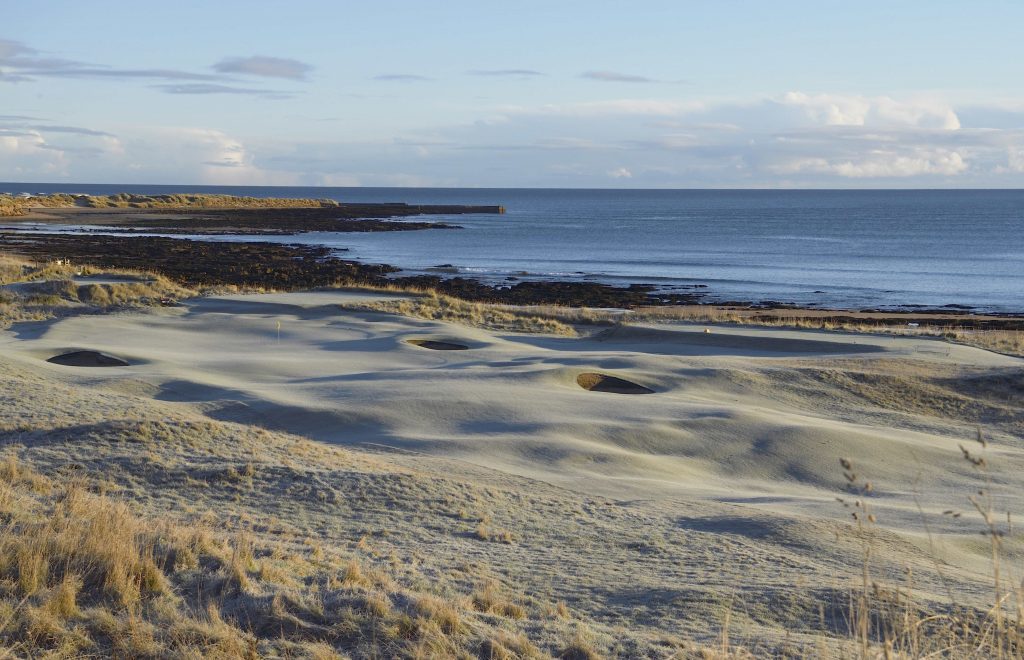
You need to keep abreast of all technology and equipment available to help maintain the courses. Maintain your enthusiasm for training and extending your knowledge.

At the end of the day, the golf industry will benefit from all courses being in the best condition they can be – dependent on budget and manpower.
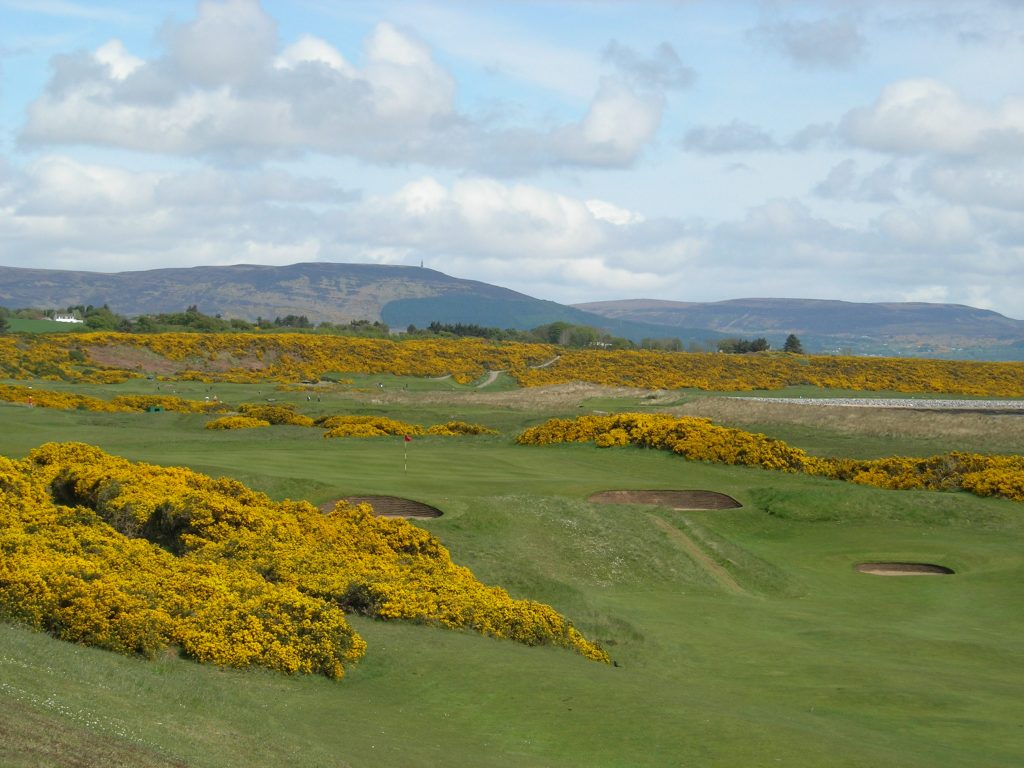
What currently gives you the greatest satisfaction from your job; how do you feel daily when you are moving around the Royal Dornoch viewing what you and the team have accomplished?
The greatest satisfaction I get from my job is looking at what the team produce on a daily basis and their attention to detail, also positive feedback from members and visitors helps.
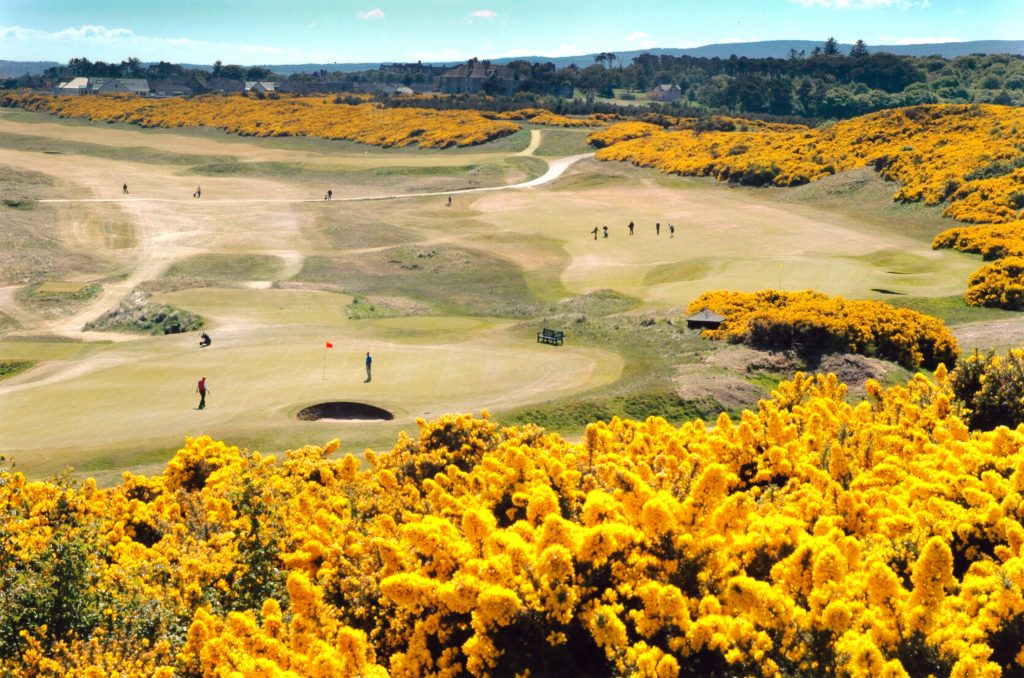
I feel the biggest achievement to date is the relocating of our seventh hole, all done in-house.
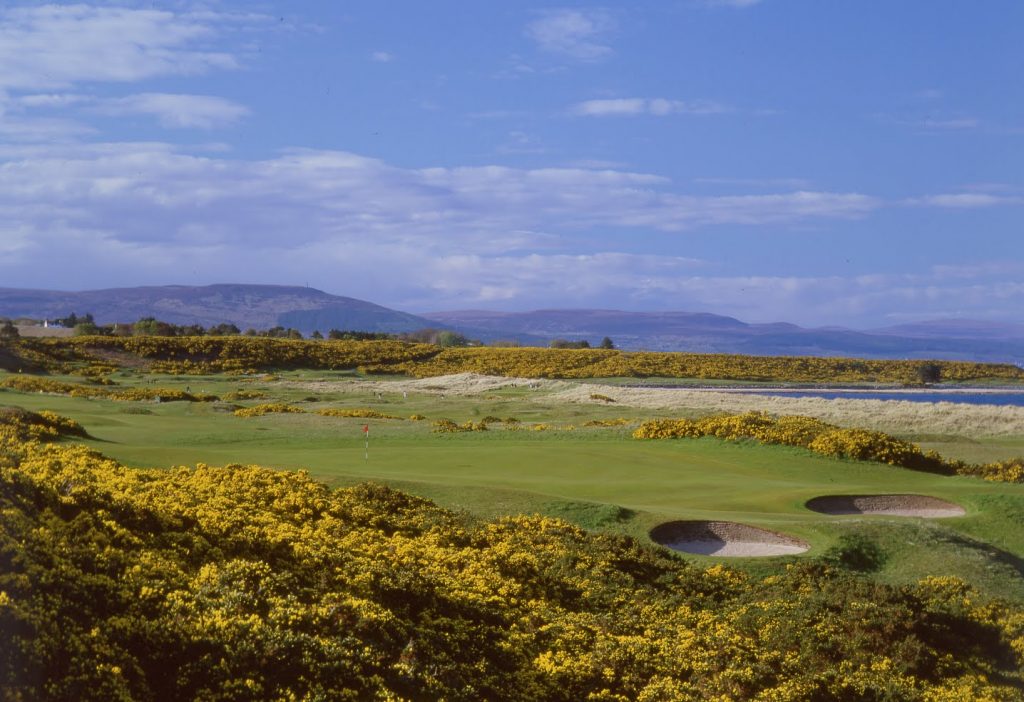
What are the most memorable things you have been taught in your career and what advice would you give to youngsters starting out and wanting to pursue a career in the profession?
I have been lucky to have worked under a few great greenkeepers and learnt many things. The one thing I always remember is ‘take your time and do it right first time, you can’t rush perfection’.
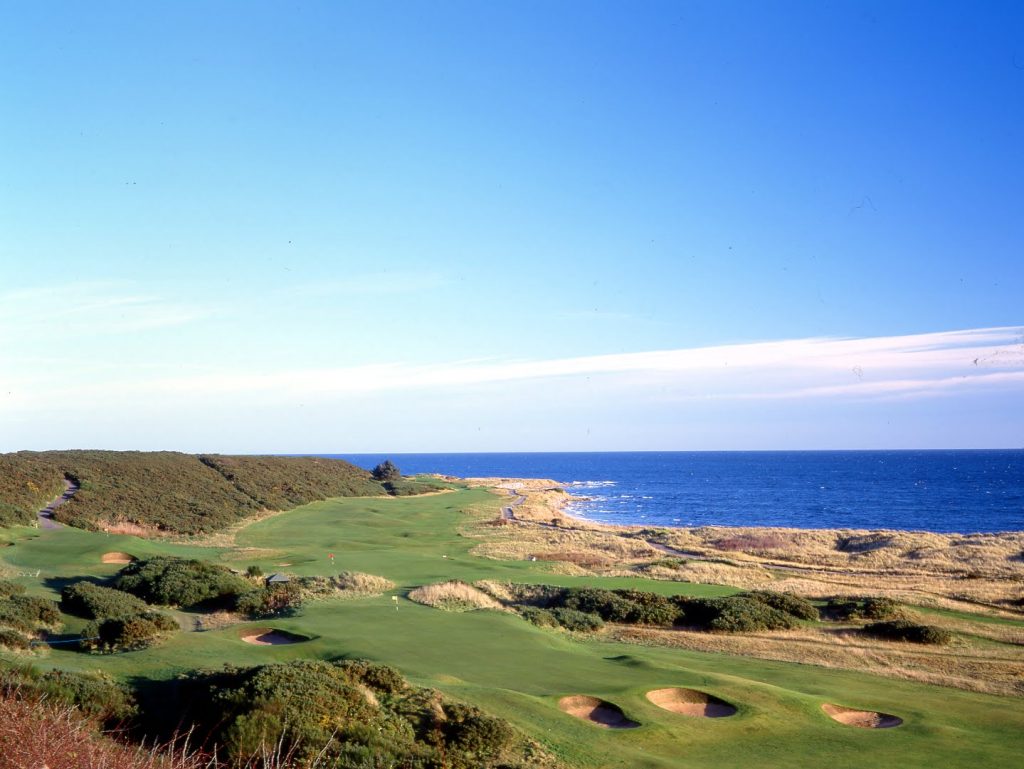
The advice I would give to youngsters starting in the profession is listen and learn as much as you can and never think you know everything, we will always learn something new every day, no matter what position you are in.
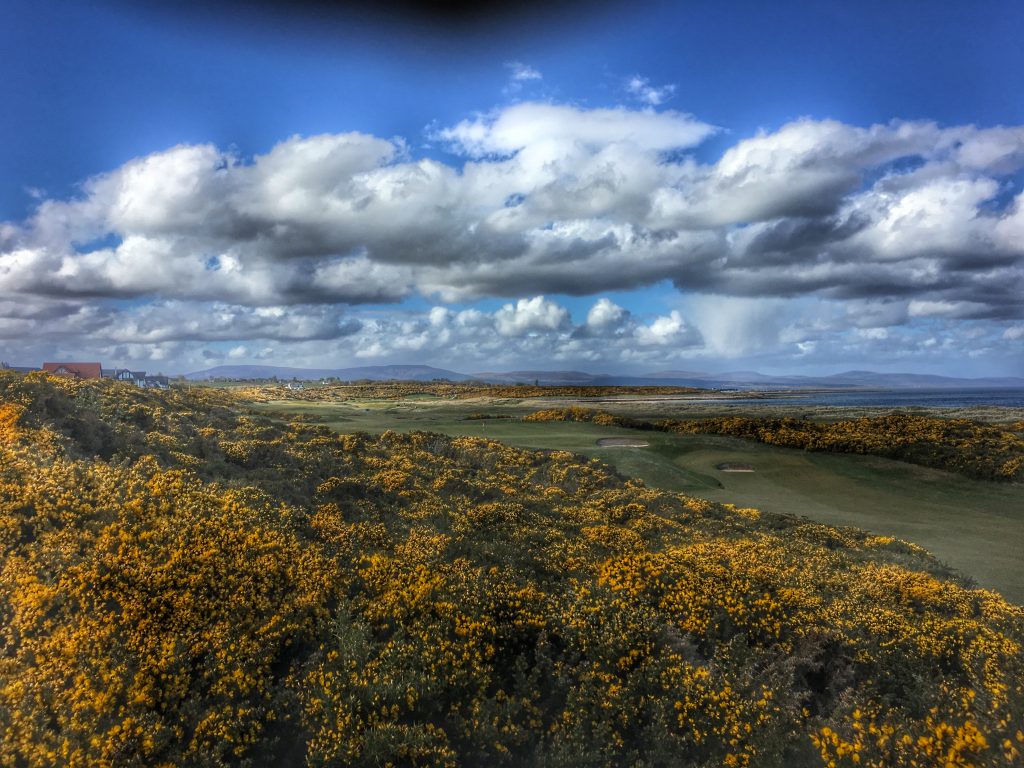
What changes do you think need to be made to benefit the industry sector and profession of the greenkeeper?
I personally feel that the old days of being seen as a grass cutter have thankfully all but disappeared, there is a few out there that may still think it, but with the help of BIGGA and other associations we are now looked at as professionals with more respect for what greenkeepers do for their clubs.

























